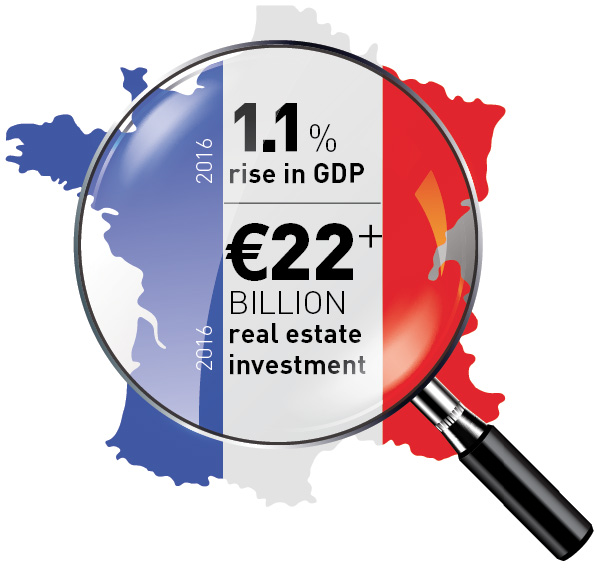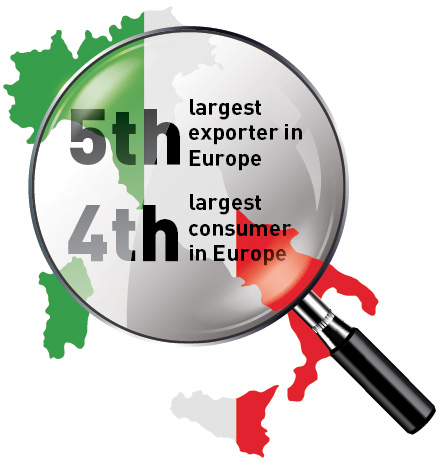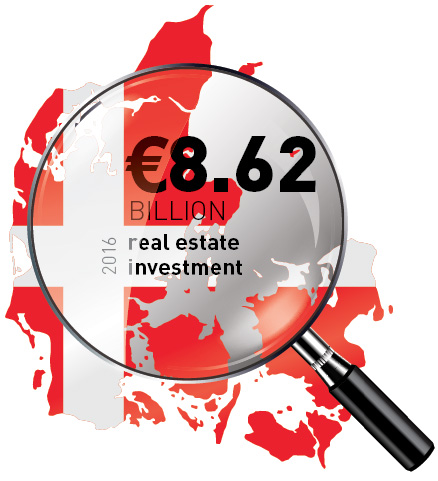European property investment market update
There’s a lot going on in Europe this year. While last year was fairly tumultuous, 2017 promises much of the same, especially on the political front.
The fallout from the populist movements that have taken a grip across the Northern Hemisphere will continue. Following the charge to Brexit led by the flamboyant, if accident prone, duo of Boris Johnson and Nigel Farage, the world looked on aghast as Donald Trump was elected President of the United States, becoming the most powerful leader in the ‘free world’.
Next on the agenda are national elections in France, the Netherlands, Germany and perhaps Italy. Mainland Europe is also grappling with a colourful array of right-wing politicians hoping to ride their way to power on the back of the populist vote.
The Netherlands has Geert Wilders’ Freedom Party; France has Marine Le Pen leading the Front Nationale, or Marine as she likes to be known in an effort to distance herself from her father’s more extreme politics.
Germany, however, is predicted to be a calmer affair with the stalwart Angela Merkel running for a fourth term as Chancellor.
We believe that speculating about the outcome of this political drama and how it will change the face of the global economy is something best left to economists, a group, like the pollsters, whose predictions have come under increasingly widespread criticism in recent years.
We prefer to look at the facts and use our experience of having spent a lifetime working in real estate in the countries in which we invest to advise our clients on the best strategies to employ at any moment in time.
While the UK and the rest of the European Union work out the details of their divorce settlement, they will remain unavoidably reliant on each other for both trade and security. This is highly unlikely to change despite what some political commentators may say.
For all the hype that Brexit would destroy the UK economy, a look at the facts some six months on reveals a less apocalyptic outcome. Admittedly, we still don’t really know the details of the plan and some may argue it’s too early to tell, but the vote happened six months ago and that’s just the point: life goes on! Oxford Economics is currently predicting UK GDP growth of 1.6% in 2017, which is close to its estimate of 1.5% for the rest of Europe, while it also estimates that Q4 2016 UK growth should come in at 0.6%, which is in line with the previous two quarters.
Our team in the UK has first-hand experience of this. Following the referendum vote in June, we advised one of our clients to suspend the sale of a portfolio when the purchaser attempted a post-Brexit ‘chip’. In December, we brought the same portfolio back to market, selling it for more than the agreed pre-Brexit price. In the meantime, listed real estate share prices have bounced back, the FTSE is trading at an all time high and overseas investors continue to target real estate in the UK.
There have also been large currency fluctuations with the pound falling by 15% on a trade weighted basis since January 2016 and inflation is on the rise with the UK Consumer Prices Index forecast to average 3% for the year overall (Source: Oxford Economics).






